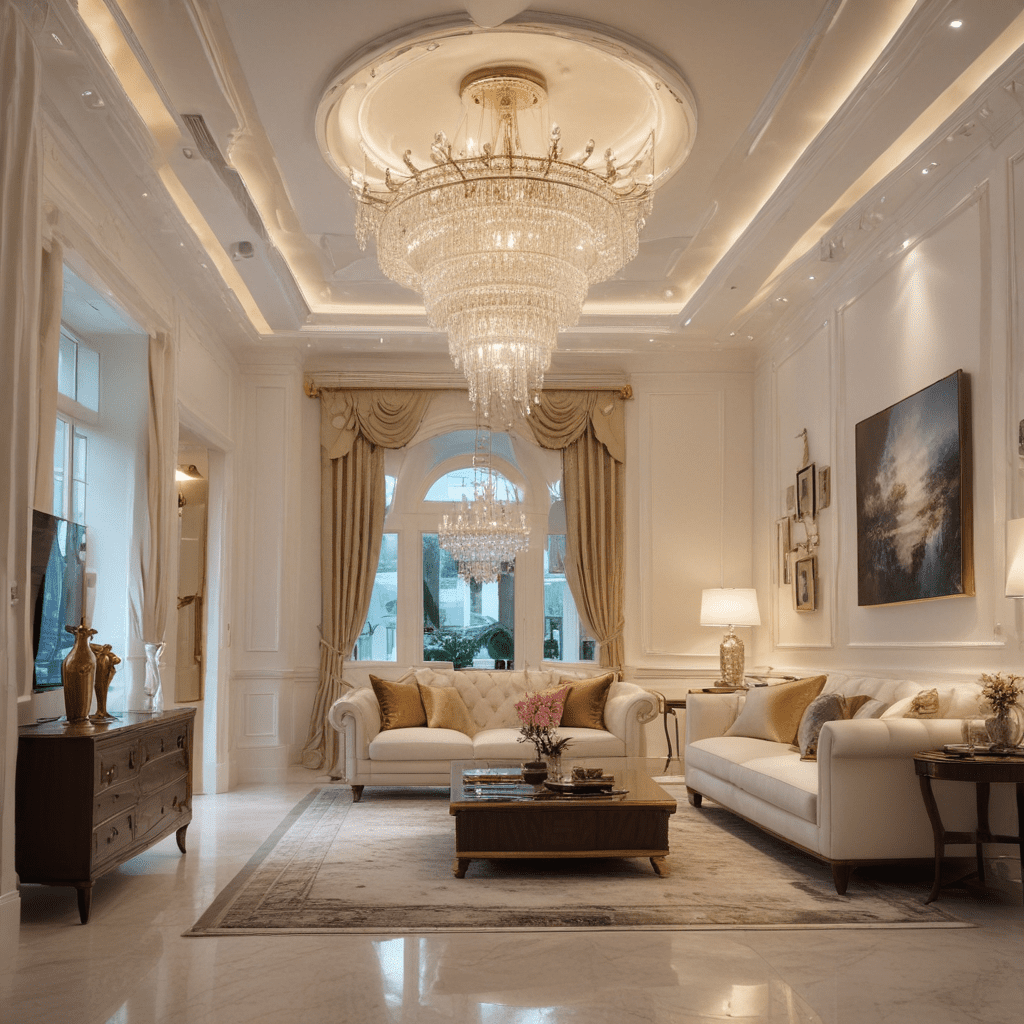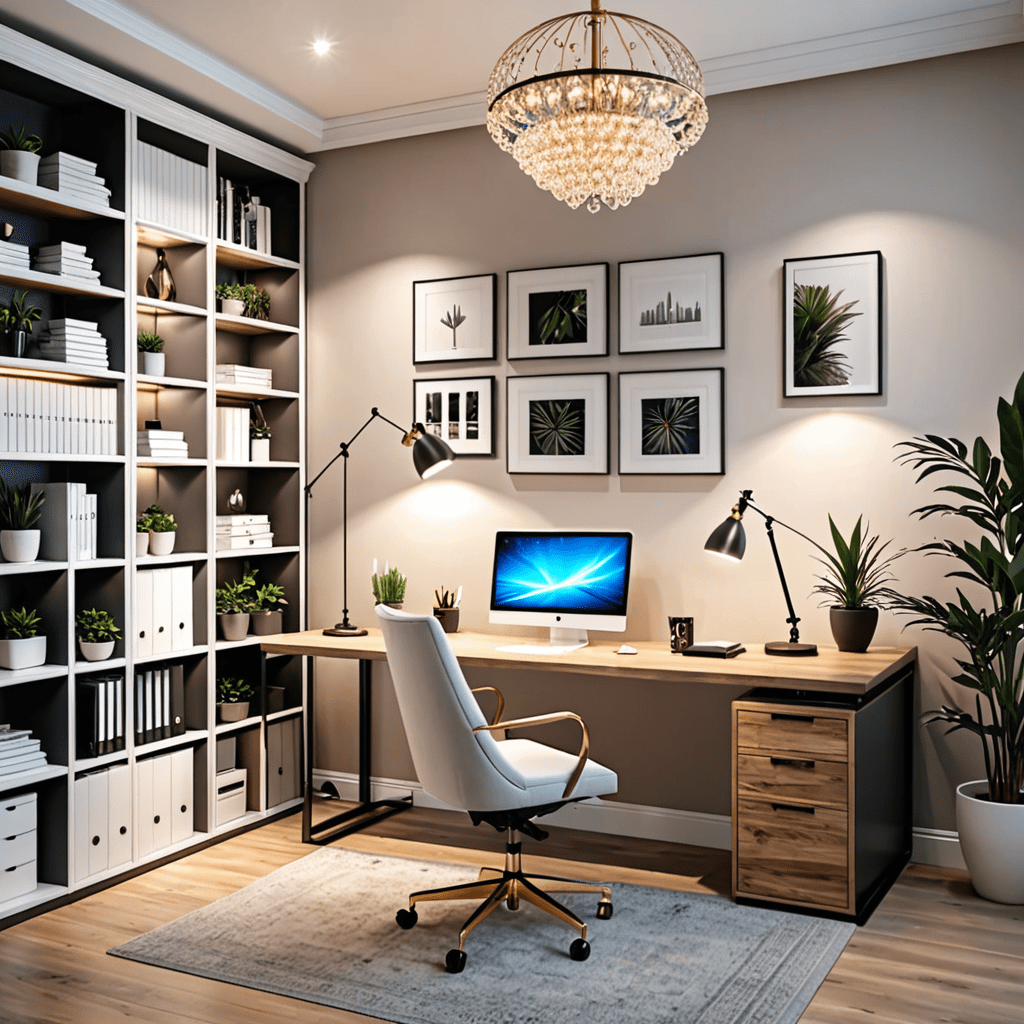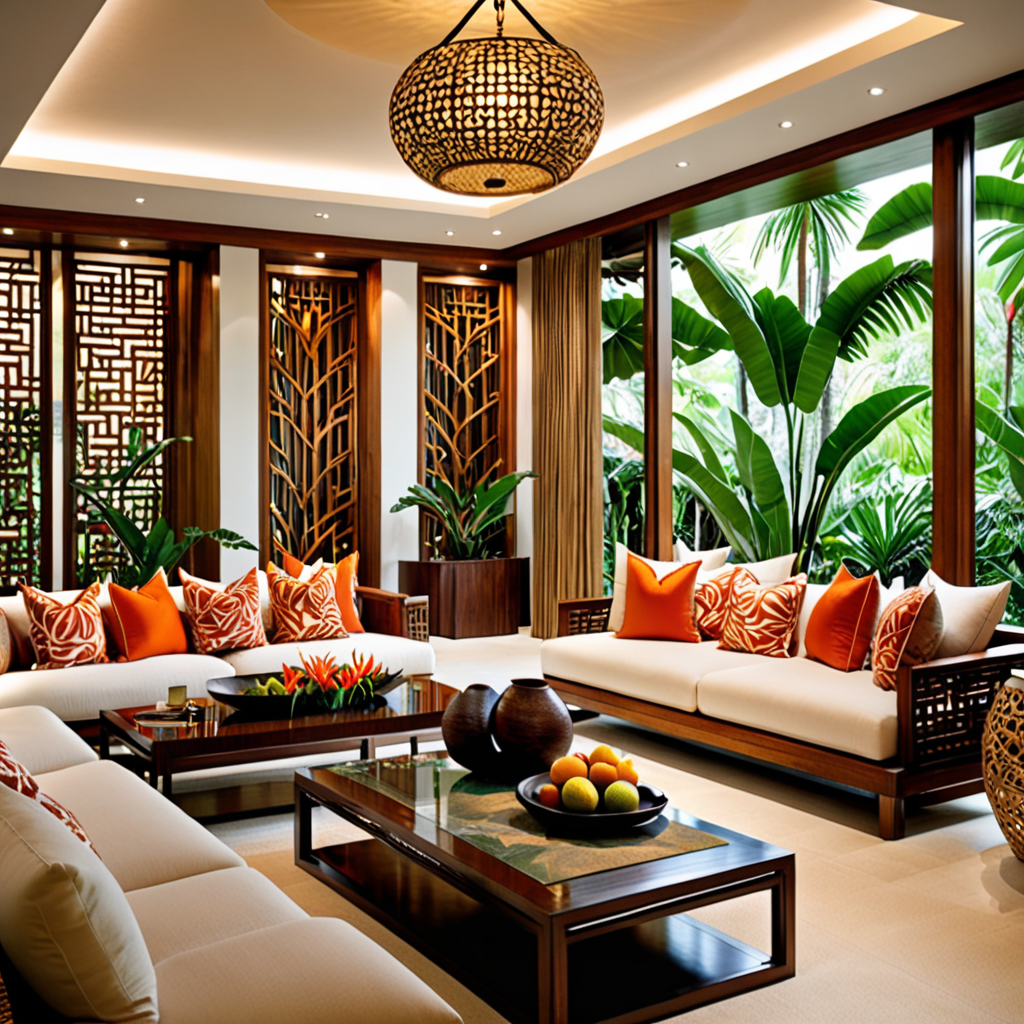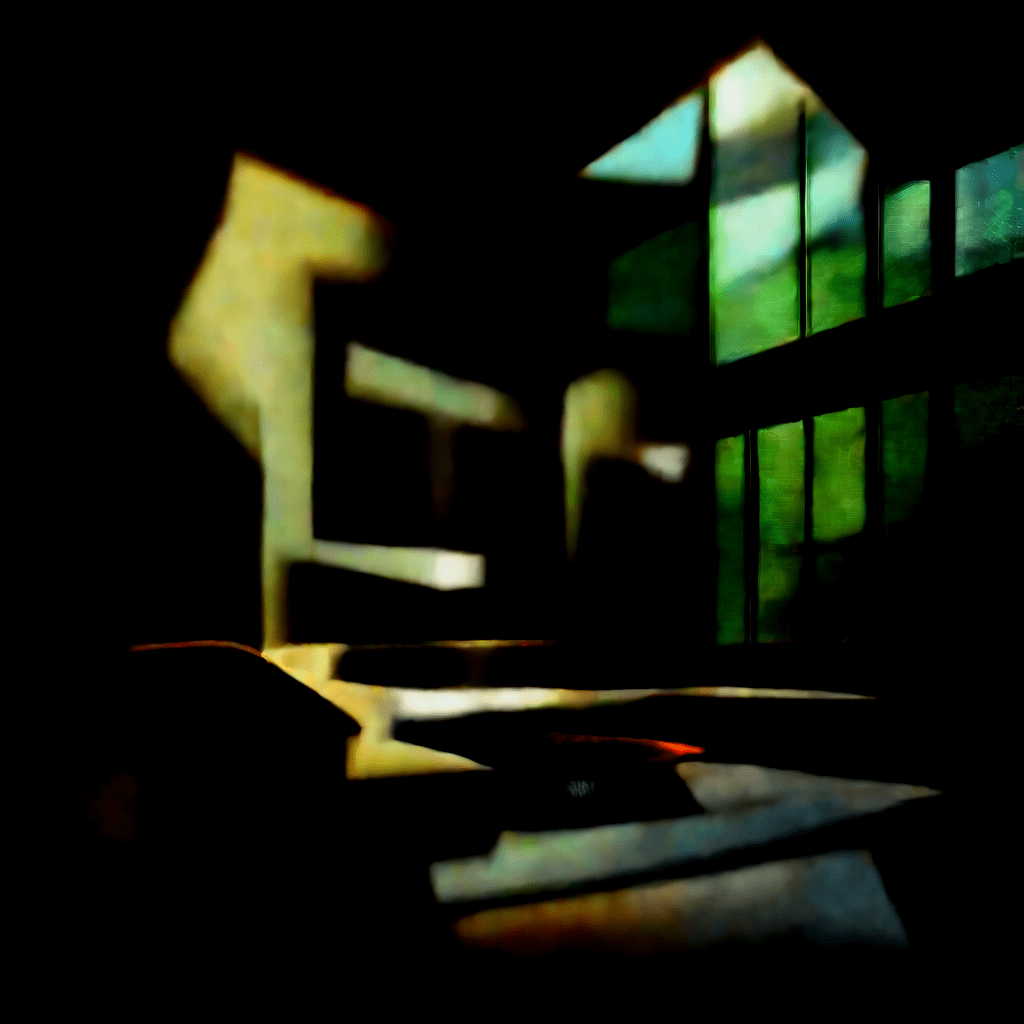Unveiling the Beauty of Interior Design with Rendering Techniques
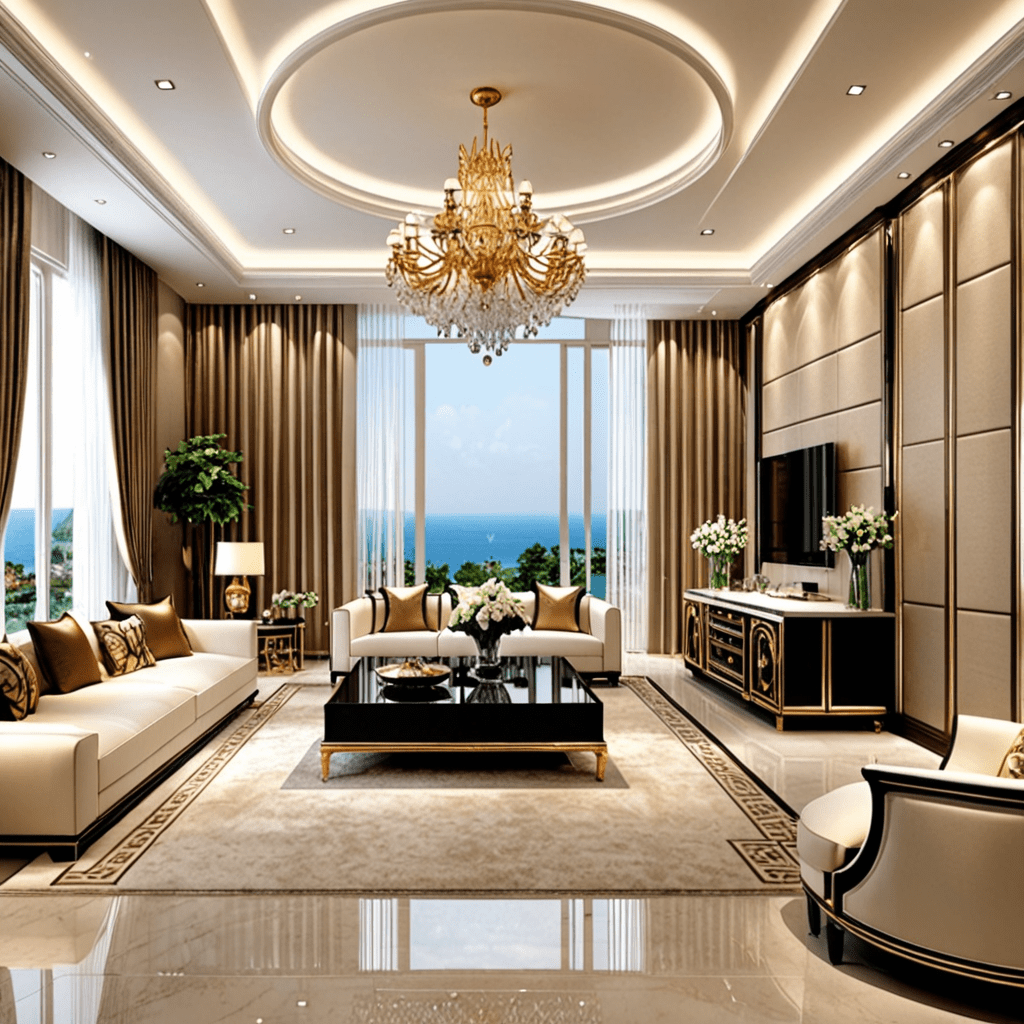

Unveiling the Beauty of Interior Design with Rendering Techniques
In the world of interior design, visualizing how a space will look before it is transformed can be a challenging task. However, with the advent of rendering techniques, designers now have the ability to create realistic visualizations of their design concepts. Rendering interior design allows professionals to showcase their ideas to clients, make informed decisions, and bring their visions to life. In this article, we will explore the importance of rendering in interior design and delve into the benefits it offers.
The Power of Rendering in Interior Design
Rendering is the process of generating a visual representation of a design concept or space. In interior design, renderings are created using computer software that brings two-dimensional drawings to life, allowing designers to envision the final result in a more realistic and immersive way. By adding textures, lighting, and materials to the renderings, designers can accurately convey the ambiance, functionality, and aesthetics of a space.
Enhancing Communication and Collaboration
One of the primary benefits of rendering in interior design is that it enhances communication and collaboration between designers, clients, and other stakeholders. With realistic renderings, designers can effectively communicate their design ideas, enabling clients to visualize how the finished project will look. This level of understanding ensures that everyone involved is on the same page and reduces the chances of miscommunication or disappointment.
Saving Time and Money
Rendering also plays a vital role in saving both time and money in the interior design process. By utilizing rendering techniques, designers can experiment with different layouts, color schemes, and materials without physically implementing them. This enables them to identify the best design choices before construction or renovation begins, thus preventing costly mistakes. Additionally, renderings allow clients to make informed decisions about the project without the need for costly and time-consuming physical mockups.
Harnessing Creativity and Innovation
Rendering in interior design empowers designers to push the boundaries of creativity and innovation. With the ability to experiment with various design elements and make quick revisions, designers can explore unconventional concepts without the fear of wasting time or resources. Renderings provide a platform for designers to visualize their boldest ideas and take risks that can result in groundbreaking and impactful design solutions.
Realistic Visualization for Client Satisfaction
Clients often struggle to fully grasp design concepts presented through traditional two-dimensional drawings or verbal descriptions. Rendering interior design solves this problem by offering clients a lifelike representation of the proposed space. By showcasing realistic renderings, designers can instill confidence in clients, ensuring that they are satisfied with the chosen design direction, and reducing the likelihood of costly changes or dissatisfaction later on.
Boosting Marketing and Presentation Efforts
In addition to aiding communication with clients, rendering is also a powerful tool for marketing and presentations. High-quality renderings can be incorporated into marketing materials, including websites, brochures, and social media posts, to showcase the designer’s expertise and attract potential clients. Moreover, during presentations, renderings can captivate and engage audiences, helping designers secure projects and partnerships.
FAQ
Q: What software is commonly used for rendering in interior design?
A: There are several software options commonly used for rendering in interior design. Some popular choices include Autodesk 3ds Max, SketchUp, and VRay. Each software has its own unique features and capabilities, so designers often choose the one that best aligns with their specific design needs and preferences.
Q: Can rendering accurately represent the final result of an interior design project?
A: While rendering techniques have come a long way in mimicking the realistic qualities of a space, it is important to note that renderings are still digital representations of a design concept. Factors such as materials, lighting conditions, and the overall ambiance may vary in reality. However, high-quality renderings can give a very close approximation of how the final result will look, helping clients and designers make informed decisions.
Q: Is rendering only beneficial for large-scale interior design projects?
A: No, rendering can be beneficial for projects of all sizes. Whether it’s a small residential space or a large commercial project, rendering enables designers to present their ideas in a more compelling and realistic manner. This can help clients understand and appreciate the design concept regardless of the project’s scale.
Q: Can rendering be used for exterior design as well?
A: Yes, rendering techniques can be applied to exterior design as well. Similar to interior design, rendering technology allows designers to visualize and present exterior concepts with realistic lighting, textures, and materials. This enhances communication with clients and helps bring exterior design ideas to life.
Q: Can clients request changes after seeing renderings?
A: Yes, clients can request changes after seeing renderings. In fact, renderings can often spark discussions and prompt clients to provide valuable feedback and suggestions. Renderings serve as a visual tool for collaboration, allowing clients and designers to refine and improve the design concept until it meets the client’s vision and requirements.
Q: How much time does rendering typically take?
A: The time required for rendering can vary depending on the complexity of the design and the desired level of detail. Simple renderings may take a few hours to complete, while more intricate and high-quality renderings can take several days or even weeks. Designers typically allocate sufficient time for rendering in their project timelines to ensure that they can deliver visually stunning and accurate representations of their design concepts.
